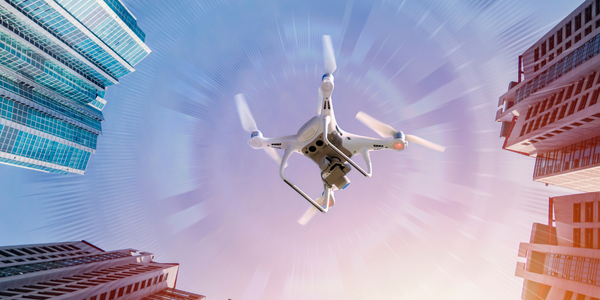To ensure higher levels of safety, Flying Eye drones are designed and built with backup parachutes that can be remotely activated in the event of drone failure or flight disruption. “That chemically opened emergency parachute can help us save the drone aircraft,” said Thomas. “But more importantly, it can help protect the people below the drone from a collision.” For added safety, the operator’s connection to the drone has two separate RF links – one devoted solely to emergency parachute deployment. Flying Eye uses Digi XBee® RF modules to control two separate radio links. XBee modules provide best-in-class wireless connectivity to devices, taking advantage of the XBee® 802.15.4 for point-to-point connectivity, with line-of-sight ranges of up to two miles and data rates of up to 111 Kbps. The XBee requires no programming and can be configured easily using Digi’s free XCTU software or through a simplified command set. XBee modules are pre-certified for use in multiple countries, further reducing development costs and time to market. Because the wireless software is isolated, applications can be developed without any risk to RF performance, security, or additional certifications. Flying Eye remote controllers have a dual-channel design. One channel controls all of the drone’s in-flight operations, including navigation, camera, and sensor activation. A second separate channel is built in solely to govern parachute deployment. If any flight anomaly develops, the operator can simply hit a switch on the remote. The Digi XBee sends a signal to the drone, which instantly shuts down operations and chemically deploys the parachute to bring the craft back to the ground with minimal impact. “This emergency system is helping us sell a lot of drones,” Thomas said. “It makes a difference–especially in France, where this is a legal requirement. But we also have customers in Germany, Switzerland, and Italy, and soon in Spain. And we’re able to meet these countries’ regulatory requirements.
Read More




